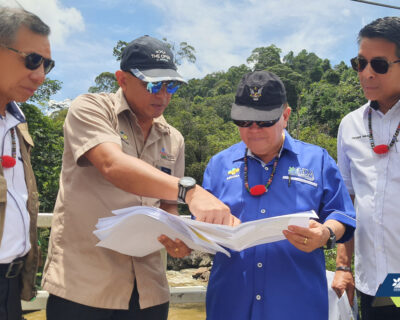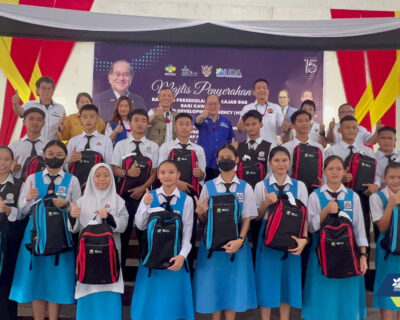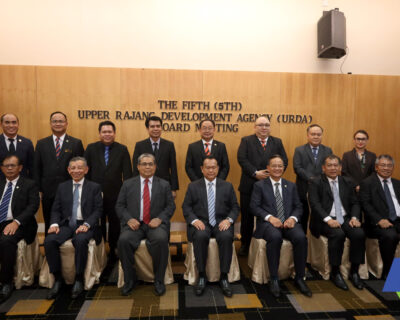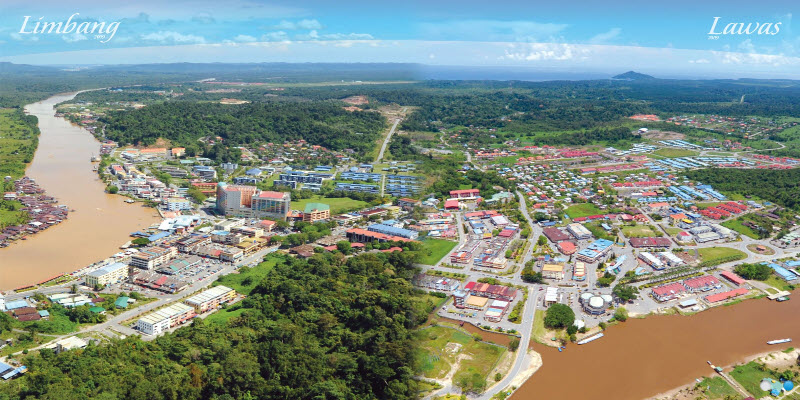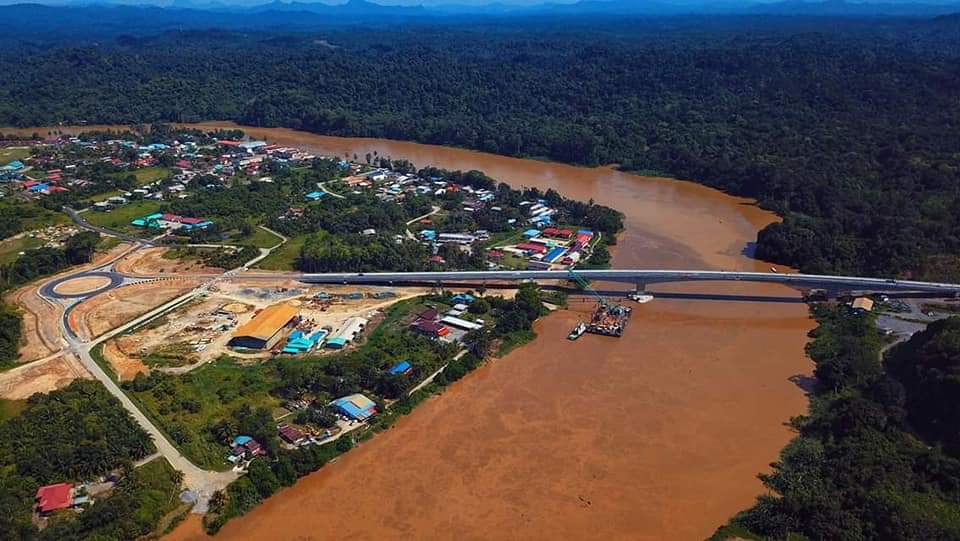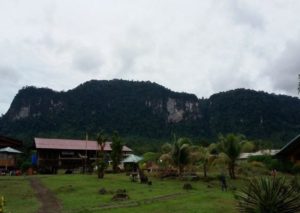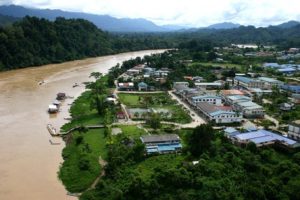
KUCHING: OCIM Sdn Bhd, which operates a solar grade polysilicon (poly-si) plant in Samalaju Industrial Park, Bintulu, is partnering South Korea-based Kumho P&B Chemical Inc for a major investment in manufacturing facilities to produce epichlorohydrin (ECH).
ECH is an intermediate raw material for epoxy, synthetic glycerin and special rubber. It is widely used in surfactants, pharmaceuticals and solvents.
OCIM, the Malaysian subsidiary of South Korean poly-si producer OCI Company Ltd, and Kumho own equal stake in the joint-venture project, which will produce 100,000 tonnes per year of ECH.
Construction work for the plant will commence in the current quarter (3Q22), with test operation in the first quarter of 2024.
The plant’s commercial production is scheduled in the second half of 2024 (2H24), according to the latest OCI’s business strategy and updates contained in an investor relation release.
The release said about 70% of the ECH produced by the joint venture will be purchased by Kumho, which is engaged in the manufacturing and distribution of petrochemical-based compounds.
OCIM plans to expand its own chlor alkali (CA) capacity by 100,000 tonnes per year as a raw material for ECH.
Upon completion of the expansion, this will raise the company’s CA production capacity to 227,000 tonnes per year in 2H24.
The total investment in the OCIM-Kumho joint venture and the OCIM expansion project is RM1.28bil, according to OCI, which has four business divisions: basic chemicals, petrochemicals and carbon materials, energy solutions and others (urban development project, bio, trading, leasing etc).
OCIM is currently expanding the annual production capacity of its poly-si plant by 5,000 tonnes to 35,000 tonnes per annum, with commercial production to commence in 3Q22 through the successful completion of debottlenecking.
The company is investing US$55mil (RM239mil) in the expansion project.
OCI also operates a poly-si plant in Gunsan, South Korea, with an annual capacity of 3,000 tonnes.
The capacity expansion is expected to reduce the manufacturing cost of solar grade poly-si by about 15% compared with the average cost in 2020, according to OCI.
It is also an efforts to streamline facilities use and reduce investment costs through the use of idle machinery in Gunsan.
To recall, OCIM acquired the poly-si plant from Japan’s Tokoyama for US$173.3mil (RM771mil) in 2017. Over three years, the plant’s annual production capacity was expanded by 3,200 tonnes, 10,000 tonnes and 3,000 tonnes to hit 30,000 tonnes in 2020.
OCIM has recently signed a binding memorandum of understanding (MoU) with South Korean solar manufacturer Hanwha Solutions Corp for a long-term supply of poly-si worth 1.45 trillion won (RM4.88bil) for 10 years from 2024 to 2034.
This amount corresponds to about 45% of OCI’s annual sales in 2021 on a consolidated basis.
OCI, the leading global solar photovoltaic (PV) supplier, said with the MoU, OCIM is able to secure an additional stable buyer of poly-si for PV.
On the other hand, Hanwha Solutions, which is targeting the low-carbon footprint solar module market expected to significantly expand in the United States and Europe, can secure a stable supply of low-carbon poly-si.
“While many poly-si manufacturers rely on coal for power generation, OCIM produces poly-si through eco-friendly hydroelectric power generation in Malaysia. This will give OCI, as a leading company in renewable energy, a leading edge that will draw customers’ continued attention.
“Thanks to the escalating global focus on environmental, social and governance and support policies of countries, the solar PV market is anticipated to grow more than 15% year by year, with OCI concentrating on solidifying its PV business capability and boosting production efficiency,” added the company.
OCI said poly-si price has continued to remain strong due to supply-demand imbalance as poly-si supplies from expansions were smaller than expected in contrast to high utilisation rate (over 80%) from wafer manufacturers.
It said due to the global carbon-neutral policy and the rapid transition to eco-friendly renewable energy followed by increase in solar PV installation demand, capacity expansion by solar value chain is rapidly in place.
“Poly-si supply-demand imbalance will continue until expansion volumes are stably supplied to the market.
“The scale of power purchase agreement (PPA) contracts in 2021 expanded to 11GW in Europe and 13GW in the United States, driven by corporations.
“Major markets started to accept the rise in PPA prices due to macroeconomic and policy uncertainties heightened by the Ukraine-Russia conflict such as energy supply instability and inflation,” it added. -Source: The Star


